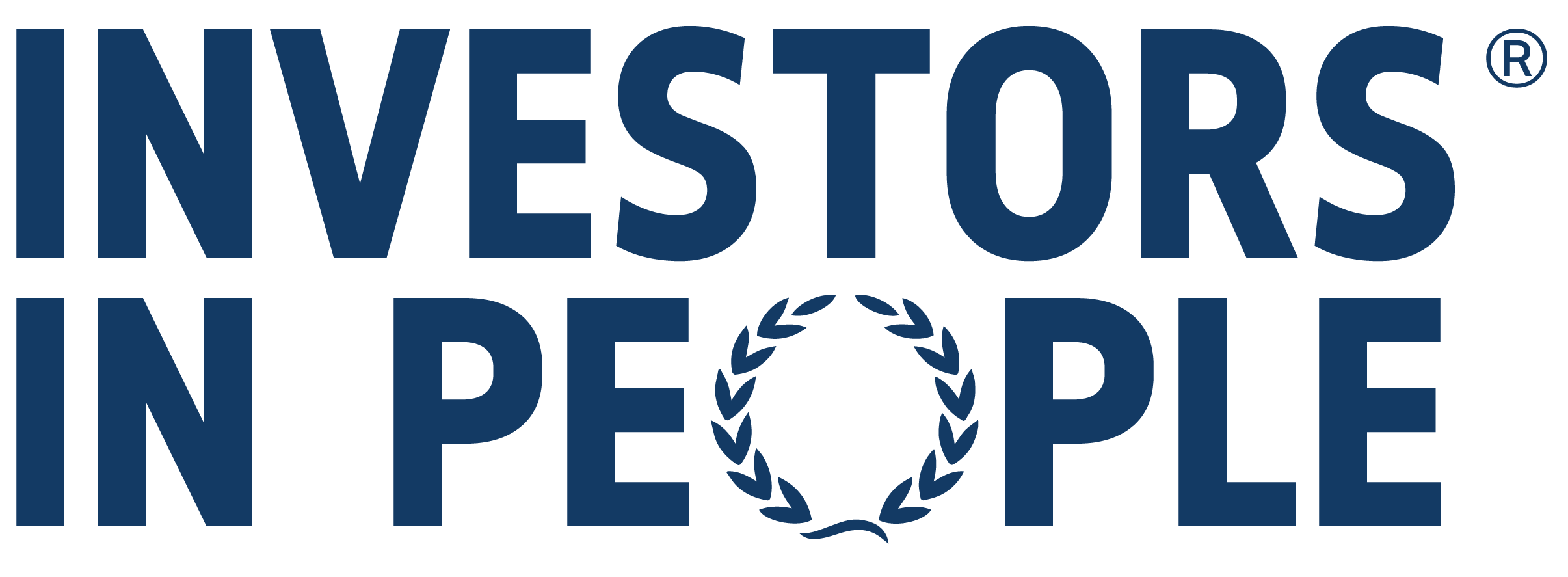In simple terms, employee engagement is the emotional commitment that an employee has to their employer and their business goals. In parallel with this, employee engagement also refers to the work a business does to encourage commitment and optimise work outputs by providing the right conditions to motivate its employees. Together, both committed employees and the work done by a business ensure their fully motivated and engaged staff are productive and high performing.
To ensure employees remain engaged, there needs to be trust, honesty and communication between the business and its staff. It’s a method of collaboration that should have benefits for the employees and the business, including improved business success, improved employee experience, increased productivity and boosted wellbeing. Because of these benefits, employee engagement should be measured and nurtured for long-term gains.
So that a business can measure and nurture these benefits, there should be an action plan put in place that allows a business owner or directors to identify, prioritise and discuss the key reasons for engagement and then commit to the agreed changes that will have the biggest impact on their employees and the business. Part of the plan is also to hold everybody accountable for the results of the agreed engagement programs.
A plan like this should be a living document, which is regularly reviewed, updated and refocused when necessary. For example, the recent COVID-19 pandemic would have driven businesses to change their employee engagement improvement plans to meet new ways of working such as permanent working from home which has different engagement challenges.

WORKPLACE ACCREDITATION
FOR ALL ORGANISATIONS
Start your journey to a better workplace and a successful future with Investors in People
Take a look through our frequently asked questions
What is an employee engagement improvement plan?
An employee engagement improvement plan is a process that a business must use to identify and prioritise its actions to increase employee engagement. The plan will also help to identify simple and quick changes that help to show employees that the business is determined to move forward and accept any feedback to improve engagement moving forward. It often forms part of an organisation’s development plan that is there to keep driving the business forward, and in the right direction.
Examples of an engagement improvement plan
There are many different engagement strategies that can be included within your organisation’s plan of action including:
- Employees don’t feel connected to your organisation’s senior leadership team, so you create a quarterly all-business meeting where senior leaders answer questions and concerns that their employees may have about projects, company goals or general day-to-day issues.
- Employees feel that once they have been onboarded/trained within their new role in the organisation, there is a lack of training opportunities available, so you subscribe to an online training platform that allows employees to sign up for training. This training does not necessarily have to be relevant to their role directly and employees have permission to set aside an hour of their week to take part in the training.
- Employees don’t feel that their physical well-being is being looked after by the organisation even though discounted gym memberships are on offer, so you introduce a free weekly lunchtime yoga session conducted online and in the office so it is accessible to everyone.
- Employees don’t feel that they have a formal plan for their future within the organisation, and therefore employee development plans are created so everyone understands their role, what they have to do to move forward and how they help the business to succeed.
What to include in an employee engagement improvement plan?
After an employee engagement survey, an employee engagement improvement plan should be put in place, with each manager given recommended actions to increase engagement in their team, and the business looking at engagement from everyone.
An effective plan should look to include steps such as:
- Frequent and regular employee engagement surveys
- Analysis of survey results
- Select your area of focus following the analysis
- Create focus groups to develop solutions to issues
- Identify the actions to take
- Convey what the improvements will be and how they will be carried out
- Communicate how these improvements are progressing to employees
What are the benefits of an employee engagement improvement plan?
There are many benefits to developing an employee engagement improvement plan such as:
- Increased productivity. Studies have shown that staff that are engaged are more productive and effective in their working practices as it’s their personal responsibility to get things done.
- Improved employee satisfaction. Higher levels of satisfaction can lead employees to become brand ambassadors, promoting the company as a great place to work for potential employees, and encouraging new clients to partner with your business.
- Lower staff turnover. Traditionally, employees who are happier at work stay at the same company for longer and stay more loyal to the brand.
- Revenue growth. Staff who are more invested in the business are more likely to help grow your revenue streams.
- Become a high-performance organisation. There is a strong relationship between people management and engagement, and businesses outperforming competitors.
What is the purpose of an employee engagement improvement plan?
The objective of an employee engagement improvement plan is to give everyone in the organisation clear and obvious guidance on how the business will increase employee engagement through set steps to meet agreed targets. For example:
An organisation will introduce an employee of the month award to recognise hard work and this will start in January 2023. All employees can nominate each other by the 25th of each month through an online form, and the employee will be chosen and announced by the 15th of the following month. The winner will receive a certificate, a chosen gift card at a value of £100, and then cannot win for another 12 months.
How long should an employee engagement improvement plan last?
How long an employee engagement improvement plan should last will depend on the organisation, but we recommend at least 12 months to allow any changes to be bedded in and rolled out. To note, even if the plan is in place for 12 months, regular employee surveys should be conducted and changes made to the plan based on the feedback given. This keeps the plan relevant, up to date and on track to improve employee engagement.
How does an employee engagement improvement plan tie in with delivering continuous improvement?
With any business, there should be a drive toward continuous improvement by utilising internal and external resources to produce new and exciting ideas. Creating a culture of continuous improvement, whether that be through encouraging employees to try new approaches or take training, or by encouraging cross-team collaborations, all feeds into employee engagement.
Not only would the organisation be promoting improvement, but also keep their employees engaged with the business and its goals. For example, there could be a competition within the business to improve a particular system, and the winner gets an extra day’s holiday. This would form part of the employee engagement improvement plan and promote continuous development at the same time.
What types of employee engagement are there?
Employee engagement can be split into 3 groups, and your employee engagement improvement plan should look to cover all 3. These groups are:
- Cognitive – employees are focused and committed to their job through understanding the organisation’s overall goals and how they fit in with those goals.
- Physical – employee attitudes and activities show that they are invested in the work by being physically and emotionally engaged.
- Emotional – employees channel their feelings and emotions into their work by having a sense of belonging and confidence in their place within the business.
Is there a difference between employee engagement improvement plans and action plans?
No, there is no difference between an employee engagement improvement plan and an employee engagement action plan.

WE INVEST IN WELLBEING
ACCREDITATION
Investors in People will show you how to support a healthier and happier workforce while increasing productivity.
Why come to us?
Here at Investors in People, our purpose is to make work better where businesses support their most valuable asset – their staff.
We will assess how your business is performing against our We invest in people framework. As a result of our assessment, we will advise and support you in improving your workplace culture over time, particularly in areas around employee engagement and work practices. This will allow you to understand your performance at managing, supporting and enhancing your people & culture strategy.
With employee wellbeing also high in our priorities, we encourage all our partners to invest in making their workforce happier and healthier. In fact, in our recent survey, 75% of businesses have a wellbeing strategy, showing us that businesses care and want to be able to show their employees they matter by putting a strategy in place to benchmark against. As a result of this, we’re here to help. We will work with you to assess how the wellbeing of your organisation is performing against our employee wellbeing framework, and we will support you in improving over time.
About Investors in People
Investors in People have been working with a huge range of big and small organisations from Public Sectors, SMEs, Charities, PLCs and anything in between for over 30 years. We have accredited more than 50,000 organisations and our accreditation is recognised in 66 countries around the world, making it the global benchmark when it comes to people management. So we know we speak your language and can offer the specific kind of support and guidance your organisation needs.







